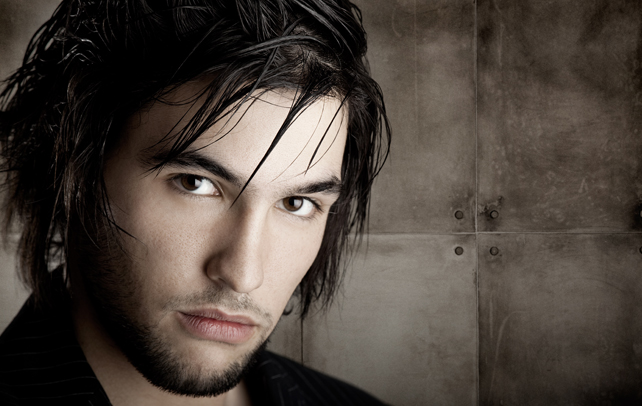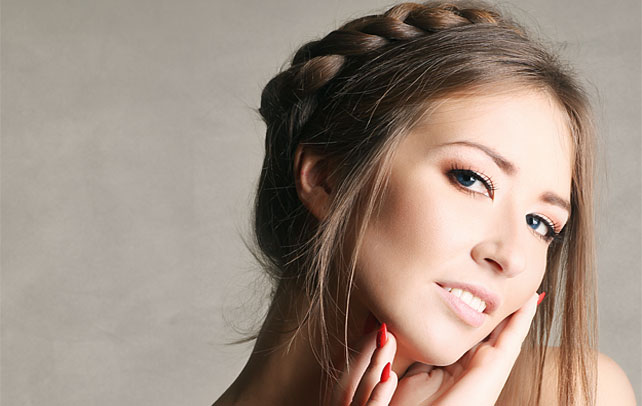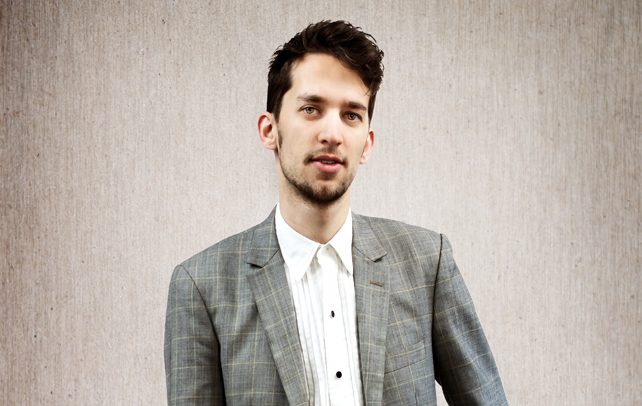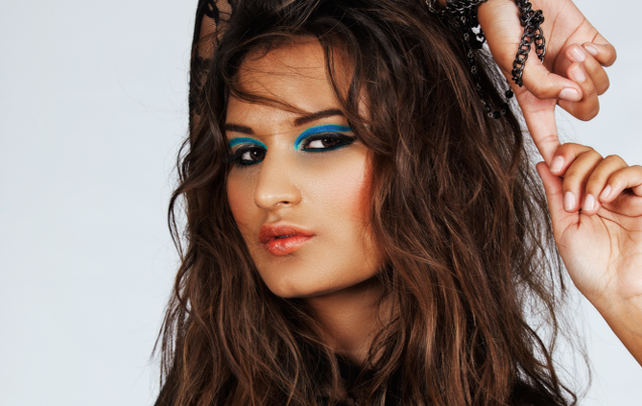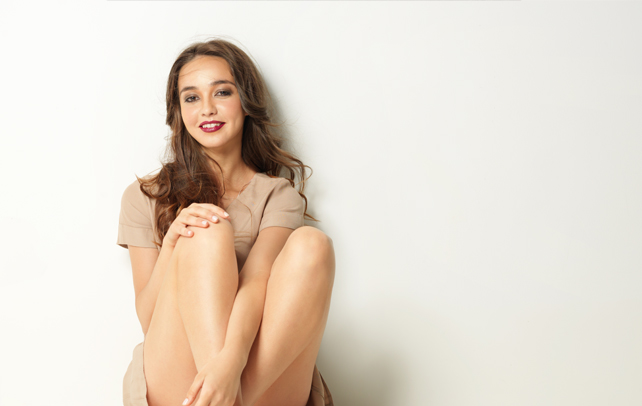Japanese Women Hairstyles
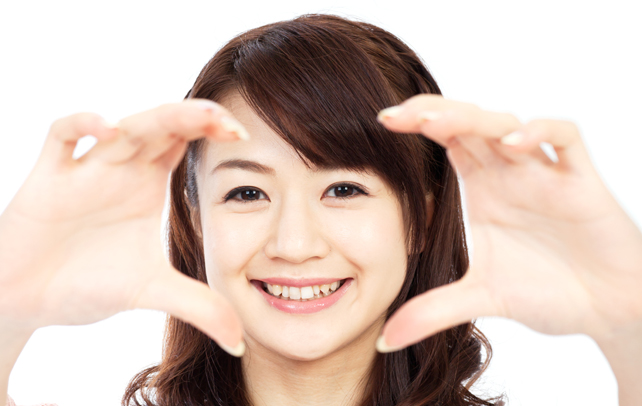
Early in the seventh century, inspired by Chinese fashion, Japanese noble women wore their hair high and boxy at the front with a sickle shaped ponytail known as ‘Kepatsu’. After that, till the fourteenth century, Japanese women rejected Chinese fashions and created new styles. Unbound long hair became fashionable and the longer the hair the more beautiful the woman was considered. Thereafter, till the nineteenth century, Japanese women wore their hair in more elaborate fashions where the hair was pulled back in different styles to form buns decorated with combs, hair sticks, ribbons and even flowers; these came to be called the ‘shimada’ image. These styles evolved with slight variations and, by the early twentieth century, became elegant, simple and much less complicated than the styles of the bygone periods. The hair in front was pulled back and up, tied with a ribbon while a second ribbon was used for tying the long hair behind the back. This style continued till most of the early twentieth century, when Western-style hairdos started influencing Japanese women’s fashions. Today Japanese women are as fashionable and as modern as their counterparts from any part of the world and their hairstyles are pretty Western. However, here’s a look at the more traditional Japanese haircuts.
Traditional Japanese Hairstyles
Geisha Hairstyle
Traditional Japanese performing women artistes, known as geishas, are famous not only for their music and dance but also for their elaborate makeup, hairstyles and attire. The geisha hairdo has been considered stylish in Japan for centuries now.
- For a geisha hairdo, wash your hair using a voluminising shampoo and apply mousse throughout the hair length.
- You can then blow-dry your hair, straightening it with a brush by pulling the hair taut from the scalp to the hair end.
- When the hair is dry, arrange the hair so as to give it even more volume. Next arrange your hair in three parts; one at the top and two at the sides. Leave the lower section of hair hanging down for the time being.
- Start by brushing the hair on top and create a poof by flipping it back over the top of your head, and then secure it with pins.
- Push your hand into your hairline and, with the hair between your fingers, pull gently upwards to create a “poof.”
- Spray this top section with holding hairspray to make it stay firm.
- The geisha hairdo is not only about the updo but also about ornamenting the hair. The use of fresh flowers, ribbons or classical Japanese style hair ornaments enhance this style.
- ‘Kanzashi’ flowers made from folded fabric are easy to make and are traditionally used in geisha’s hairstyles.
Ancient Japanese Hairstyles
- The ‘Kapatsu’ Hairstyle is probably the oldest known Japanese hairstyle. It consisted of the hair being worn high in a boxy fashion at the front with a sickle like ponytail at the back. The style was prevalent in the seventh century.
- The ‘Taregami’, or long straight hair, was created to reject Chinese fashion and to establish a new Japanese sensibility. The hair was grown long, and the longer it was, the better it was considered. This style was to stay in vogue from the eighth to the fourteenth century.
- The ‘Shimada Mage’ emerged with Japanese women wearing their hair in newer ways. They waxed their hair and pulled it into elaborate styles using ribbons, hair-sticks and flowers. The style had the hair looped at the back while the front was waxed with a comb inserted into the hair at the back. The style was prevalent till the second half of the nineteenth century.
- Variations of the ‘Shimada Mage’ style were made popular later. For this, hair was threaded back with a huge comb and the back was held together with the help of sticks and ribbons. Yet another style of wearing this hairstyle was to have lots of hair on top and a projecting box of hair at the neck level.
- The ’Vertical Mage’, prevalent in the eighteen century, had hair made up as a high piled mage or bun at the top of the head, fixed with a front comb and hair sticks.
- The ‘Yoko Hyogo’ hairstyle had a huge volume of hair on top of the head decorated with ornaments like combs, sticks and ribbons. The sides were waxed to help spread the hair outwards into spreading wings while hair was shaved at the temples to create a widow’s peak.
- Traditional Japanese hairstyles have always had the hair done up on top of the head and elaborately decorated with different ornaments. Though these styles are still in use, the advent of modern hairstyles has influenced Japanese women as modern hairstyles are easier to maintain and manage.
If you would love to do your hair in a traditional Japanese hairstyle, pair it with a lovely kimono and look like an elegant Japanese lady at the next costume party. It’s an excellent style to dress your daughter in for a fancy dress competition at school or for a theme party. Japanese women’s hairstyles have always held a genuine appeal and an enticing magnetism, symbolizing a wholesome purity that’s irresistible. For a unique flavour, couple your regular hairstyle with any of the Japanese women’s hairstyles to add a dash of innocent allure to your modish ensemble.

